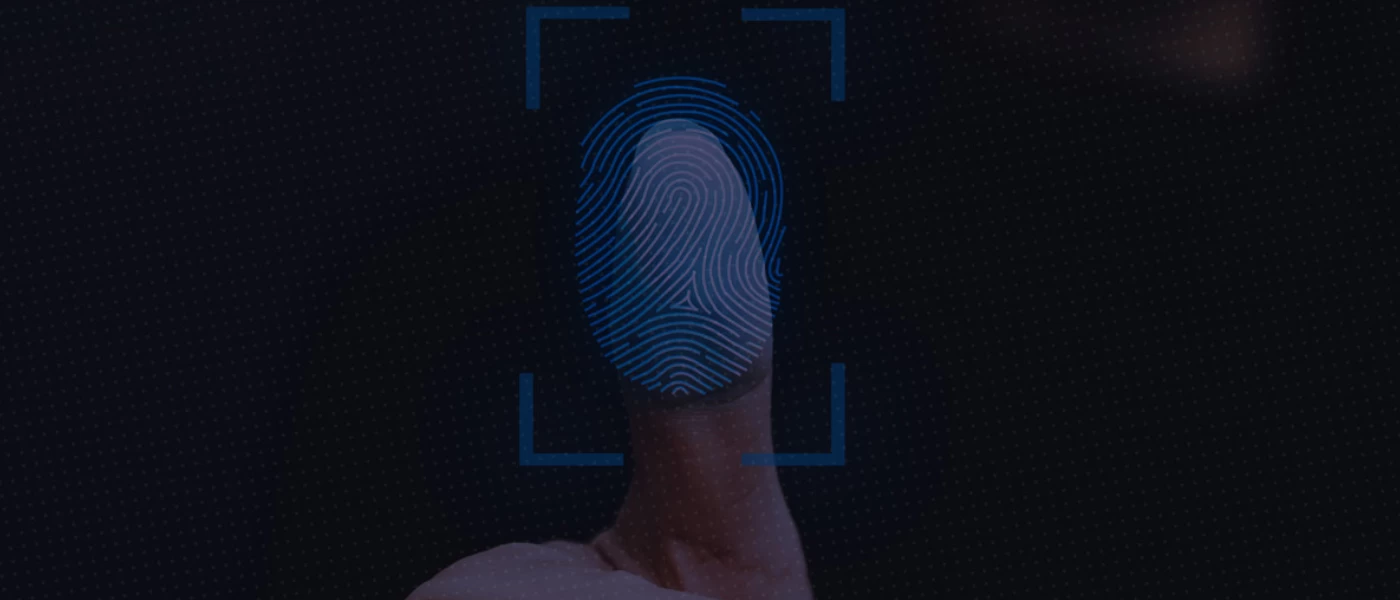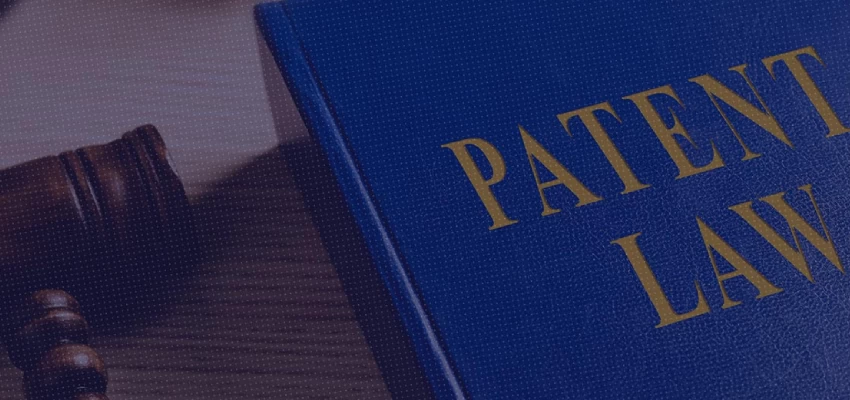Introduction
The Intellectual Property Appellate Board (‘IPAB’) last year allowed the appeal challenging the revocation of Indian Patent No. 276026[1] (IN’026) by the Deputy Controller of Patents & Designs, New Delhi[2] (‘Respondent No. 2’) following post-grant opposition proceedings initiated by Natco Pharma (‘Respondent No. 3’). The IPAB set aside the revocation order as being ‘devoid of merit’. The Respondent No. 2 had revoked IN’026 on the ground of lack of novelty, lack of inventive step, and under the provisions of Section 3(d) of the Patents Act, 1970 (‘Act’).
The IPAB examined issues with respect to coverage and disclosure, novelty and obviousness as well as timelines for filing of evidence. It reiterated the judgment rendered by the Supreme Court in Novartis case[3] with respect to some important legal principles, especially in the context of coverage v. disclosure, emphasizing that coverage cannot go beyond disclosure, i.e., what is covered by a patent can only be limited to what is disclosed in the patent.
Facts leading up to the impugned order
The Appellant’s IN’026 was granted with claims 1-7. The claims covered a compound having the International Non-Proprietary Name (INN), Ceritinib[4], relating to anaplastic lymphoma kinase (ALK) inhibitors, that is useful for the treatment of non-small cell lung cancer.
The Respondent No. 3 instituted post-grant opposition proceedings on the grounds of lack of novelty, lack of inventive step, insufficiency of disclosure, for falling under the scope of Section 3(d) and Section 8 of the Patents Act. The Respondent No. 2 conducted hearings on the merits of the opposition and revoked the patent although the Opposition Board had recommended to dismiss the revocation application.
For the lack of novelty, the Respondent No. 2 held that the two cited prior arts, Indian Patent No. 232653 (IN’653) and Indian Patent No. 240560 (IN’560) covered the structure as claimed in IN’026.
With respect to lack of inventive step, the Respondent No. 2 only mentioned that since IN’653 and IN’560 were novelty destroying documents, IN’026 lacked inventive step in view of these prior arts as well. The Respondent No. 2 also mentioned that since IN’026 lacked novelty and inventiveness, therefore IN’026 fell under the ambit of Section 3(d) of the Act as the Appellant had not provided any efficacy data.
Further, the Respondent No. 2 held that since both the parties filed additional evidence after the hearing and written submissions despite being instructed not to do so, the documents were not to be taken on record. Despite this assertion, it referred to a document filed by the Respondent No. 3 (seeking a Patent Term Extension (PTE) in the USA by the Appellant) while making the decision to revoke the patent.
IPAB Order:
Fee payment – Maintainability of post-grant opposition proceedings
The IPAB also noted that initially fee was paid as natural person and only later (much after the last date of filing opposition) balance amount was paid. It held that filing the opposition by a legal entity and paying the prescribed fee of filing opposition with the fee applicable to a natural person was not justified. It observed that since the balance fee was paid much later, the opposition was not maintainable. However, the Board decided not to decide the matter only on this ground as it was not agitated before the Tribunal.
Filing of additional evidence under Rule 60
The IPAB held that any additional evidence that needs to be filed by either party under Rule 60 of the Rules must be filed prior to the date of hearing as fixed under Rule 62 of the Rules. Further, noting that the Respondent No. 3 had filed additional evidence by filing a petition under Rule 138, the IPAB discussed Rule 138 and Rule 60 of the Rules and held that a petition under Rule 138 was not applicable.
After perusing the affidavits, the IPAB held that compound listing in Orange Book for Patent Term Extension (PTE) does not amount to disclosure. It held that requirements of PTE are different from those of novelty and inventive step and should not be mixed. The IPAB further held that the Respondent No. 2 relied on two cited prior arts to attack ‘novelty’ of the subject patent by picking suitable equivalent substitutions, keeping inventive structure of the subject patent IN’026 in sight. It noted that in order to demonstrate lack of novelty, the anticipatory disclosure must be entirely contained within a single document, which was not the case here, as the Respondent No. 2 compared some claims from the first prior art IN’653 and one claim with IN’560. It noted that the Formula 2 of IN’026 was never exemplified either in the description or claims of both these prior arts IN’653 or IN’560. The IPAB was hence of the view that the cumulative effect of unclear and ambiguous prior arts disclosures cannot be taken into consideration for destruction of ‘novelty’. In addition to this, it was emphasized that a generic disclosure cannot impugn the novelty of a specific claim.
On inventive step, the IPAB noted that during the prosecution of the impugned patent, GSH trapping assay data was submitted by the Appellant which demonstrated that the claimed compound produced less percentage of reactive adducts due to the presence of the C-C bond as compared to the C-N bond, thus proving non-obviousness. These arguments were also accepted by the Controller who granted the patent IN’026. The IPAB stated that all the documents considered during the examination and grant of the patent were used during the post-grant opposition. Thus, no new facts should have been considered at the post-grant proceedings which were not considered during the examination and grant of the impugned patent.
Recommendation of the Opposition Board
Regarding the recommendation of the Opposition Board, the IPAB held that the Respondent No. 2 ought to have considered the view of the members of the Opposition Board. It noted that if at all the Respondent No. 2 was to defer from the opinion of the Opposition Board, the point of disagreement should have been annotated in the impugned order, which was not the case.
The IPAB also held that the other grounds such as ‘lack of inventive step’, objection under Section 3(d), and that related to ‘insufficiency of disclosure’ were also decided without proper reasoning.
Coverage v. Disclosure
The instant IPAB order relied on the interpretation of the Supreme Court judgement and referred to two particular paragraphs to adjudicate the instant issue: -
Paragraph 138: … making a distinction between coverage or claim in a patent and the disclosure made therein…
Paragraph 139: …the coverage in a patent might go much beyond the disclosure thus seem to negate the fundamental rule underlying the grant of patents.’
With regards to paragraph 138, the IPAB observed that the coverage and disclosure discussed therein is of the same patent and not two different patents. Further, referring to paragraph 139 the IPAB observed that the coverage of a claim of a patent cannot go beyond the disclosure of said patent; if the same happens, then it goes against the principles laid down in Section 10(4) and Section 10(5) of the Act. The IPAB emphasized on the Section 10(5) of the Act which clearly states that ‘the claim or claims of a complete specification shall relate to a single invention, or to a group of inventions linked so as to form a single inventive concept, shall be clear and succinct and shall be fairly based on the matter disclosed in the specification.’ Thus, for any patent to be patentable, the claims of the patent need to be clear, succinct, and fairly based on the complete specification. During the prosecution of the patent, the Controller needs to ensure that there is no gap between the coverage of a claim and the disclosure of the patent. In case the coverage goes beyond the disclosure of a patent application or there is a gap, the patent should not be granted in the first place without appropriately rectifying the same. Further, if some matter is covered but not disclosed in a particular patent then that particular patent should be questioned and not a subsequent patent which describes and claims a specific subject matter. Furthermore, claiming that the subject matter of the disputed patent (IN’026) has been covered but not disclosed in a prior art is not apt, since the natural presumption is that any claim that has been covered must also have been disclosed.
The IPAB applied the same principle to the instant case and stated that if the prior arts IN’653 and IN’560 have been granted, the first assumption would be that the claims of these granted patents are fairly based on the complete specification provided with these patents individually. If there was any difference, that should have been addressed by the Controller during the prosecution of IN’653 and IN’560, not during the prosecution of the impugned patent. Therefore, there can never be a huge difference in the coverage and the disclosure of a given patent, since that would be against the law.
[The authors are Patent trainee and Associate, respectively, in IPR Life Science practice at Lakshmikumaran & Sridharan Attorneys, New Delhi]
- [1] Patent Application No. 3951/DELNP/2009, titled ‘Compounds and Compositions AS Protein Kinase Inhibitors’.
- [2] Order revoking Patent No. 276026 dated 16 August 2019
- [3] Novartis case AG v. Union of India [2013 (6) SCC 1], Merck Sharp & Dohme Corporation v. Glenmark Pharmaceuticals Ltd. [(2015) SCC OnLine Del 8227 (DB)]
- [4] [5-chloro-N2-(2-isopropoxy-5-methyl-4-(piperidin-4-yl)phenyl)-N4-[2-(propane-2-sulfonyl)-phenyl]-pyrimidine-2,4-diamine]











